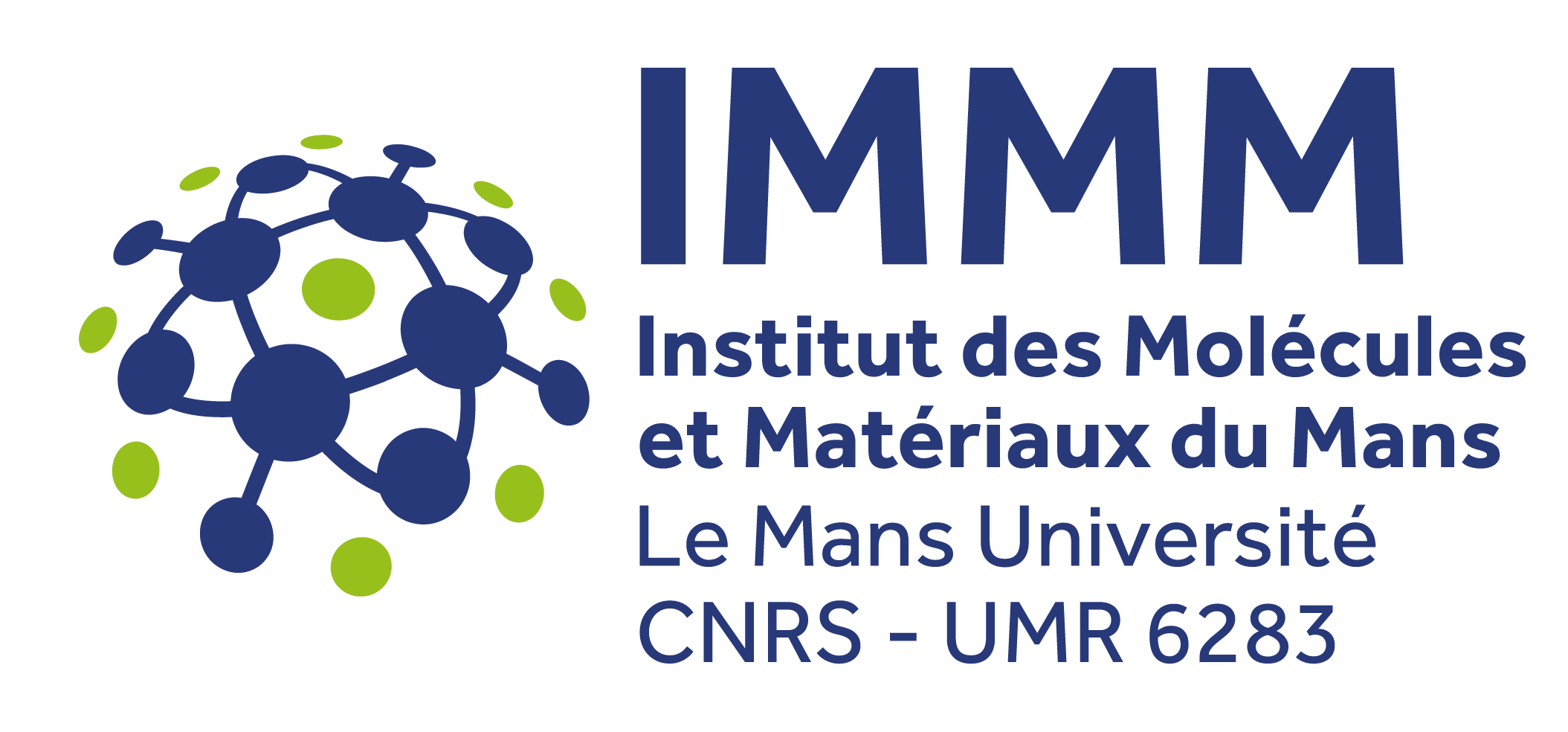Simulation of ultrafast phenomena

Simulation of ultrafast phenomena
Researchers
- Brice Arnaud
- Rémy Busselez
- Florent Calvayrac
Electron and phonon dynamics in photoexcited solids
 Schematic view of relaxation processes in photoexcited siliconPump probe experiments like optical pump probe experiments, time resolved X-ray diffraction, or time resolved photoemission experiments are currently used to study electron and phonon dynamics in nanostructures on time scales ranging from a few femtoseconds to a few picoseconds. Among the aforementioned techniques, optical pump probe experiments allow to study the coherent phonon generation mechanisms or even the possibility to demagnetize a sample with an ultrashort laser pulse. It is often difficult to interpret experimental results without resorting to models whose parameters can be inferred from ab-initio calculations. There are few calculations because of the need to describe non-equilibrium phenomenon occurring on different time scales and length scales. Nonetheless, ab-initio calculations combined with models already shed new light on ultrafast physics, especially on the coherent phonon generation, on the non thermal melting processes or on the energy transfer from the electronic degrees of freedom to the the vibrational degrees of freedoms.
Schematic view of relaxation processes in photoexcited siliconPump probe experiments like optical pump probe experiments, time resolved X-ray diffraction, or time resolved photoemission experiments are currently used to study electron and phonon dynamics in nanostructures on time scales ranging from a few femtoseconds to a few picoseconds. Among the aforementioned techniques, optical pump probe experiments allow to study the coherent phonon generation mechanisms or even the possibility to demagnetize a sample with an ultrashort laser pulse. It is often difficult to interpret experimental results without resorting to models whose parameters can be inferred from ab-initio calculations. There are few calculations because of the need to describe non-equilibrium phenomenon occurring on different time scales and length scales. Nonetheless, ab-initio calculations combined with models already shed new light on ultrafast physics, especially on the coherent phonon generation, on the non thermal melting processes or on the energy transfer from the electronic degrees of freedom to the the vibrational degrees of freedoms.
Related papers
-
Isabel González Vallejo, Geoffrey Gallé, Brice Arnaud, Shelley A. Scott, Max G. Lagally, Davide Boschetto, Pierre-Eugene Coulon, Giancarlo Rizza, Florent Houdellier, David Le Bolloc’h, and Jerome Faure, “Observation of large multiple scattering effects in ultrafast electron diffraction”, Phys. Rev. B 97, 054302 (2018).
TDDFT approaches to compute excited states of finite systems
The PW-TELEMAN project aims at developing an open source (under GPL3) and easy accessible package of real-time TDDFT libraries and codes, based on programs developed over the past 20 years in a Toulouse-Erlangen collaboration which spread to Le Mans and China via former students. At the time being no available code truly accounts for a complete non-adiabatic electron-ions coupling allowing a full follow-up of a whole dynamical scenario from early excitation (fs or sub-fs) to long time response (ps) of a given physical system. To the best of our knowledge, the Toulouse-Erlangen package is one of the single ones allowing such an investigation in a fully time-resolved manner. Still this package requires a strong effort of standardization and documentation and in order to make it more efficient and usable by external groups. More optimization is highly desirable to exploit the latest computer technology such as GPGPU and so to access the much more demanding tasks in organic molecules. It is the goal of the project to succeed in these two complementing directions.
The variety of potential applications is obvious. We mention in particular the very practical aspects concerning irradiation of biological molecules and radiation damage in materials. The plan is to develop our project in two complementing directions: first, implementation and tests of formal developments such as approximations to TDSIC/OEP methods, coupled with an exploration of various dynamical scenarios of increasing complexity (requiring ongoing optimization), starting with free molecules and clusters, turning to systems such as a chromophore cluster embedded in a matrix, ending with a coupled quantum mechanics/molecular mechanics hierarchical modeling of a biophysical problem made possible due to the expected increase in numerical performance and on the other hand standardization, documentation, and publication of a toolbox of routines which will be easily usable by other groups.
 Benchmark of PW-Teleman code, Efficiency versus core number for differents architecture optimisation
Benchmark of PW-Teleman code, Efficiency versus core number for differents architecture optimisation
Related papers
-
Anisotropy in the dielectric function of Bi2Te3 from first principles: From the UV-visible to the infrared range, R Busselez, A Levchuk, P Ruello, V Juvé, B Arnaud. Physical Review B 107 (17), 174305 (2023).
- A. Levchuk ,B. Wilk, G. Vaudel , F. Labbé , B. Arnaud, K. Balin, J. Szade , P. Ruello and V. Juvé, « Coherent acoustic phonons generated by ultrashort terahertz pulses in nanofilms of metals and topological insulators », Phys. Rev. B 101, 180102(R) (2020).
- Calvayrac, Kullback-Leibler divergence as an estimate of reproducibility of numerical results, in: IEEE, 2015: pp. 1-5. DOI: 10.1109/NTMS.2015.7266501







